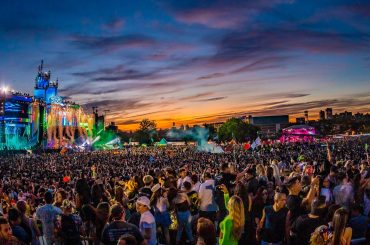By Akhil Kalepu
Marrakesh, Morocco – Being a fan of underground dance can be frustrating in Morocco. Despite its proximity to Ibiza and the European scene, there aren’t many outlets for the country’s vibrant music culture that has a growing taste for house and techno.
One person aiming to change that is Marjana Jaidi, the woman behind Marrakesh’s Oasis music festival, which was held this past Sept. 16-18 at the Source Music Resort. Jaidi, who cut her teeth on New York’s club circuit before founding Cultivora, was inspired by Helsinki’s Flow Festival and Mexico’s BPM Festival to bring underground dance to her motherland of Marrakech.
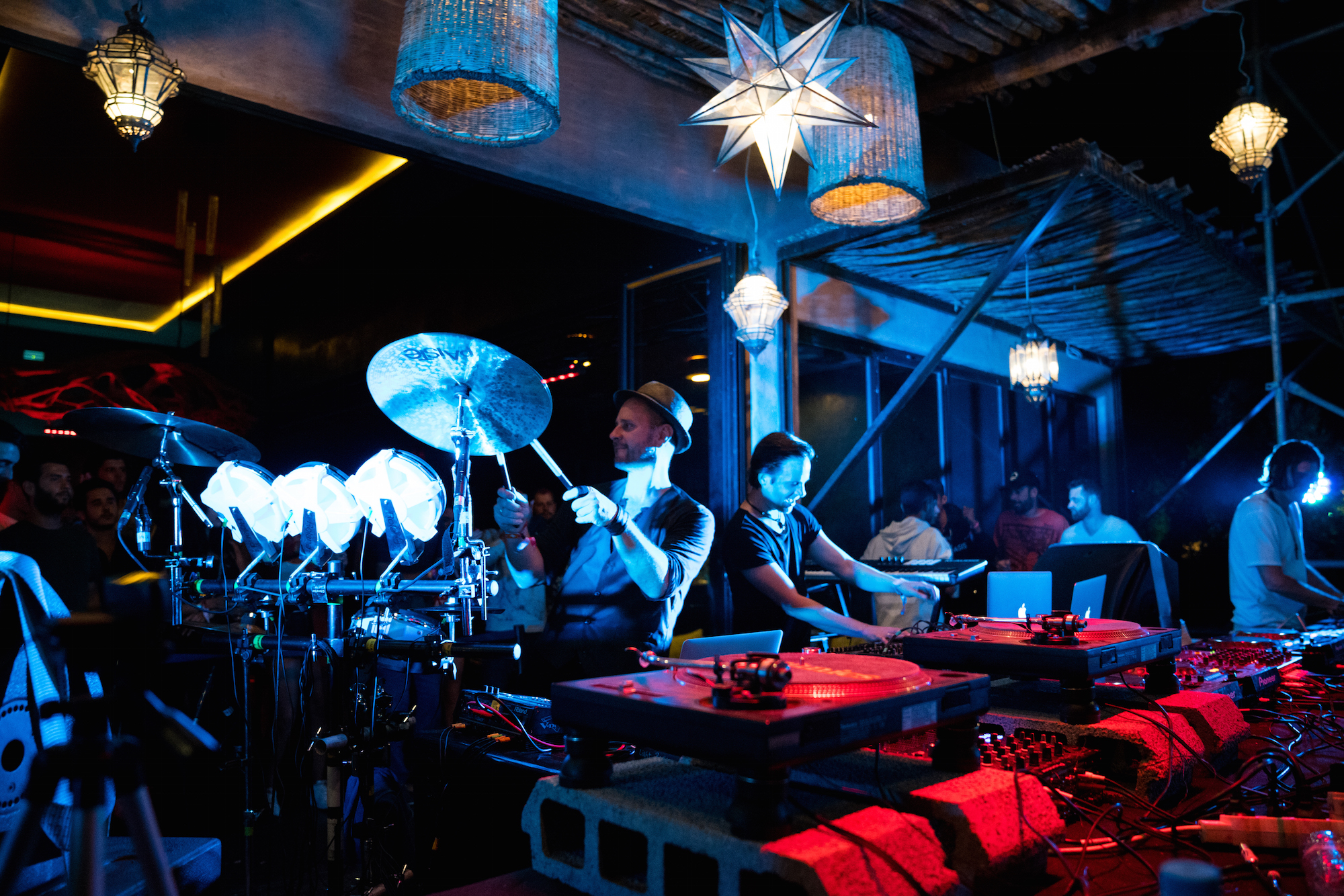
“The original concept for Oasis,” she told Festival Insights, “was more in line with the Winter Music Conference, but as I experienced more and more festivals the idea developed into what it is now. […] I wanted to create something more intimate, maybe a little more grown up, with the option to explore at your own place.”
After completing a successful second incarnation of the festival, her vision for Oasis Festival has truly established itself as one of the best events of its kind in the region. Last year’s event was described as more like “an afterparty in Ibiza” than the tech-house stage at EDC with attendance clocking in at just a few thousand. The crowd skews slightly older than the typical club scene, most evident when all the seasoned techno heads crowd in to see Derrick May and Jeff Mills. There’s a sizable Moroccan contingent and around as many foreigners (mostly English- and French-speaking), making for a nice blend of demographics that best exemplifies what dance culture is all about.
The scene in Morocco first started to shift at the turn of the millennium, partially due to the founding of the Mawazine festival, which was created to promote the country as an open and tolerant destination in the Arabic world (and much cheaper than Dubai). The festival now attracts nearly 3 million people, three times the population of Rabat, which makes it the second largest festival in the world after Donauinselfest in Vienna. Mawazine champions a range of sounds from across the Middle East and North Africa, and the introduction of international recognizable acts put Morocco on the map for musical tourism.
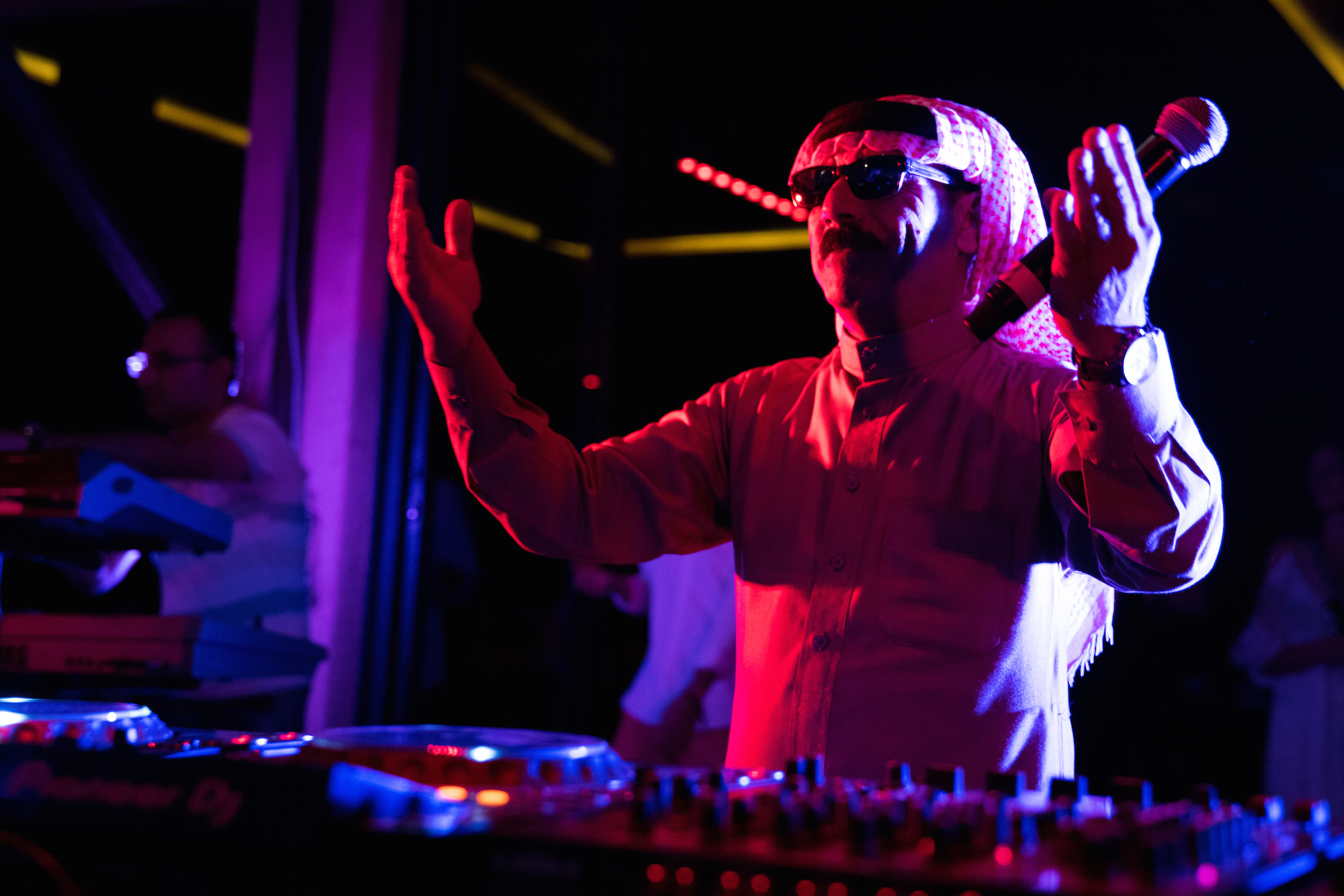
Responding to the popularity, a slew of nightclubs and events have since launched to cater to the increasing presence of tourists with a taste for dance music, which now includes outposts for Pacha in Marrakesh and Amnesia in Rabat (going strong since 1989). There are also a several DJs and producers representing the country around world, like Mr. Oasis of Amsterdam and Mednas, who has a residency at LIV in Miami. Nadir Khayat, better known as RedOne, might be the most popular Moroccan artist in contemporary music – he’s a longtime collaborator with Lady Gaga.
Oasis festival’s 2016 lineup was truly international, but curator Darren James Thomas made sure to include some of Morocco’s finest DJs as well. The homegrown talent included: Kabye & Majido, the tech-house duo that currently reside in London’s Boneca; Fassi, another Casablanca native currently holding down Montreal’s vibrant club scene; Unes, a frequent DJ at Moroko Loko, an events brand founded by Amine K who is perhaps the most important person in the country’s underground dance scene and the final Morrocan on the bill. Moroko Loko has done an incredible job cultivating interest in electronic music, bringing the likes of Alex Niggemann, Nick Warren and Satoshi Tomiie to his home country and bringing his own brand to clubbing destinations like Toronto, Paris and Tokyo.
Amine K’s musical journey parallels Morocco’s contemporary music scene. Hip hop was the main import for a long time, while the mainstream clubs focused on Arabic-style dance music. Introduced to artists like Danny Tenaglia, Hernan Cattaneo and Erick Morillo in his early teens, Amine K began spinning his own blends of underground electronic, even injecting some of his own Moroccan culture into the sound, best heard on his track “Dar Gnawa.”
The DJ has commented on the difficulties of developing a scene there, partially due to Morocco being a Muslim country where alcohol is “supposedly” banned for locals. While prohibition doesn’t do the mainstream club scene any good, it has helped spark an underground scene with many promoters introducing club-goers to a range of styles. Rabat is into the deep and progressive styles of club music, while Casablanca is likes its techno and soulful house. Marrakesh, being the gateway to Morocco for many tourists, has something for everyone. Amine K most recently performed eight sets at Burning Man before returning for the festival to play his signature blend of house and techno.
Oasis festival has spiritually been in the making for a while now. Many bemoan the explosion of “EDM” around the world, yet its expansion has also introduced throws of people to the underground side of dance music. This year’s lineup was stacked with names more commonly seen in Europe, setting stage for the likes of Booka Shade, Maya Jane Coles, Tale Of Us, Dusky and more, all of whom played great sets that were well-received by the audience. Walking amongst the crowd, it was apparent that not everyone was familiar with the names on the lineup, but almost everybody appreciated the festival’s tasteful curation. Most impressive were the inclusion of techno pioneer Derrick May and fellow Detroit legend, Jeff Mills.

Also known as The Wizard, Mills was one of several performers that included live instrumentation and programming in their sets. Germany’s Booka Shade brought its signature live drums to their DJ setup, as well. Other live performance highlights included Lindstrøm, Rodriguez Jr. and Steffi & Dexter supporting Virginia. Also notable was a set by Omar Souleyman, the former wedding singer who took the world by storm with his frenetic pan-Arabian style. The man has even collaborated with Björk and Four Tet before coming to Oasis festival for a well-received performance among a lineup of electronic artists.
This year’s event shifted locations from Fellah Hotel to The Source, a self-described “music hotel” that serves as a mix between luxury resort and performance venue. The resort’s stage area (called the Arena) offers a more intimate side stage, surrounded by high walls and overlooked by one of many bars situated throughout the complex. The main area (dubbed the Desert Oasis) is where most of the action took place. People were free to swim while records were being spun just feet away, giving the entire place the vibe of a pool party. The stage was set up in front of the pool area under a beautifully constructed balcony that gave the front section an intimate atmosphere with tasteful lighting.
While the sides of the pool got a little crowded later into the night, there was plenty of seating and soft grass to rest on in between sets. As organizer Jamai said, the vision of the festival was to be a place where you could enjoy the complex at your own pace. If you weren’t at one of the two stage areas, one could explore the grounds for yoga, hair styling, henna tattoos, a live painting session by Yann Chatelan and also the Secret Souk, where local artisans showcased their goods in the festival’s miniature version of Jemma el-Fnaa. Food was provided by several Marrakech establishments like Beats Burger, Corto Juice Bar and Monsieur Brochette.
Taking the complimentary shuttle back into town, attendees reflected on the overall impressiveness of the event. While there aren’t many house or techno festivals in Morocco, Oasis gave many similar productions a run for their money in terms of planning, amenities and curation. Its success is part of a growing thirst for elctronic music festivals, which now include Atlas Electronic near Marrakesh and Moga Festival which takes place in Essaouira this October. The lineups include an impressive list of DJs and artists, which spans a range of styles, making it an exciting time for DJs and fans alike in Morocco.
As Amine K explains, “It’s an opportunity for the local scene to showcase itself in front of an international crowd. […] it pushes the local scene to get bigger, better and stronger.” While it can be frustrating to find an event that suits your personal tastes, the future certainly looks bright for the underground dance in Morocco.
Akhil Kalepu is a journalist, electronic music producer and DJ. You can see his work at theinfamousAK.com.
Peep more photos from Kalepu’s Flickr below.






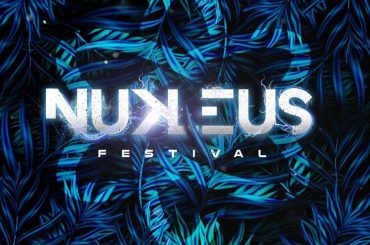
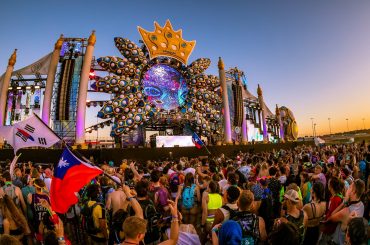
![ARC Festival 2021: New Festival Fan Favorite [Photo Gallery] ARC Festival 2021](https://www.djtimes.com/wp-content/uploads/2021/09/arc-festival-2021-new-festival-fan-favorite-photo-gallery-dj-times-370x245.jpg)
